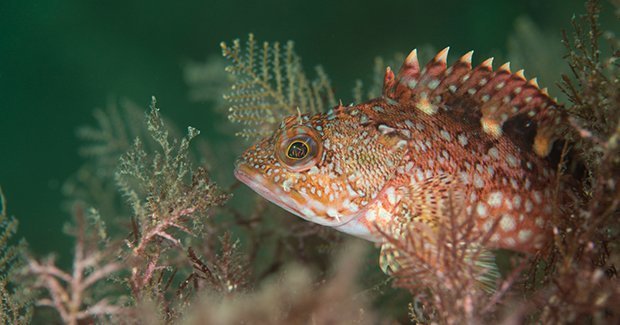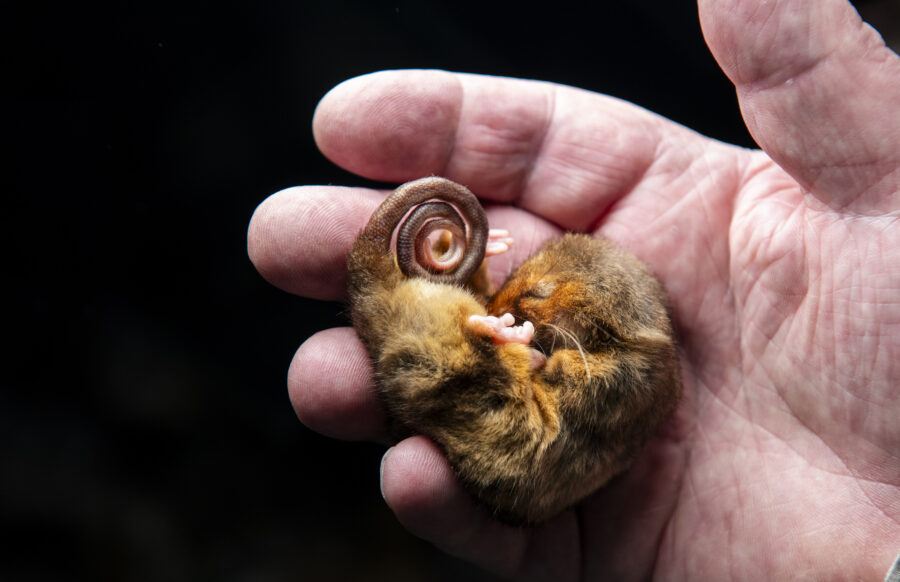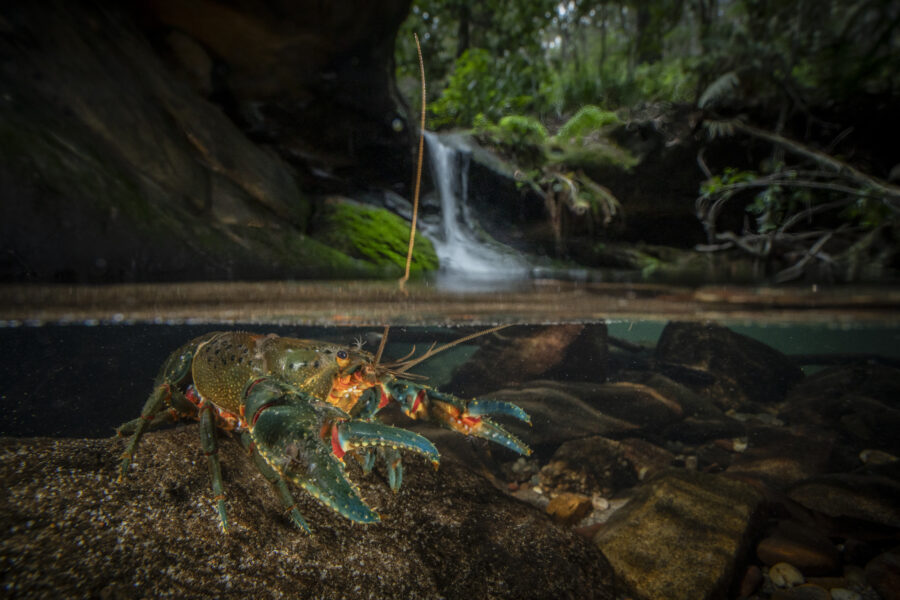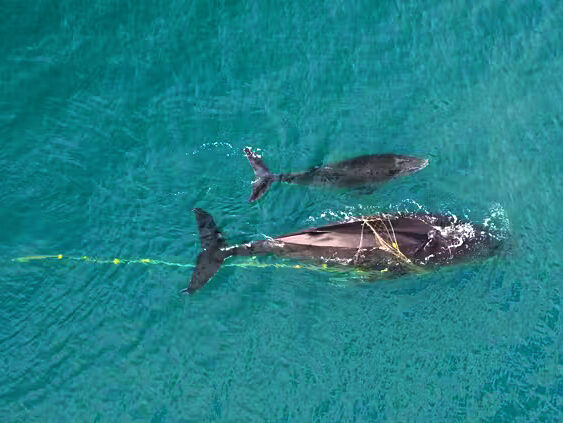Weird and wonderful: Japan’s underwater life

IN MARCH 2011, I was squinting at the soft corals off Japan’s Izu Peninsula searching for species that is yet to be formally acknowledged by science, the Japanese pygmy seahorse (Hippocampus sp.). But, I was having little luck.
The waters off the long chain of islands that make up Japan host a range of underwater conditions, from tropical coral reefs in the south to expansive winter ice in the north. For pygmy seahorses, I narrowed my search down to the temperate areas in the middle, around Japan’s main island, Honshu.
Warm current brings in Japan’s richest details
Izu Peninsula, 100km south of Tokyo, was my first port of call. The peninsula is home to an unusual soft coral community, supported by the Kuroshio Current which brings warm waters northwards along Japan’s east coast. The current results in upwellings of krill and life from the tropics, and deepwater fishes can be found in shallower waters.
Despite photographing a breathtaking assemblage of marine life, the Japanese pygmy seahorse was nowhere to be seen. Because the species is yet to be formally described by science, its distribution remains something of a mystery. It is part of an elusive family of which all seven described species are classified as “data deficient” by the IUCN.
SEE A GALLERY OF PYGMY SEAHORSES
Flora and fauna of underwater Japan
Pygmy seahorses are also hard to spot because they’re the smallest of all seahorses, measuring between 2 and 3cm from snout to tail tip. I happen to have a good eye for spotting their tiny swaying bodies, having spent four years studying the species for my PhD research, however I would still be relying on local knowledge to find the right places to look.
Continuing my search, I flew to a small volcanic island called Hachijo, an hour south of Tokyo, where relatively benign waters appeared to provide ideal conditions for the seahorse.
Within five minutes of entering the water, my guide was showing me my first ever “Japapigu”, as the pygmy seahorse is locally known. Over the coming week I found a dozen more individuals and recorded some of the first ecological observations of these small, rarely-seen gems.
Richard Smith is a marine biologist and photojournalist who studied pygmy seahorses at the University of Queensland. While there, Richard did some of the first research on pygmy seahorse population sizes.
RELATED STORIES




